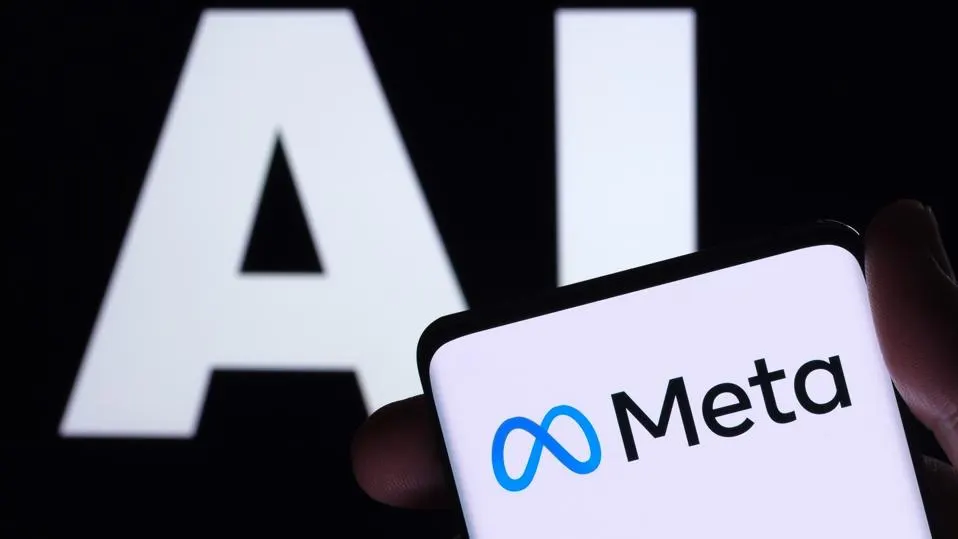10 Mind-Blowing Generative AI Stats Everyone Should Know About
12 February 2024
A little over a year ago, no one was talking about generative AI. Now, it’s the dominant topic of top-level events like CES and the World Economic Forum.
A lot has changed in that year, of course, driven by the collective enthusiasm for tools like ChatGPT and Dall-E. Millions of us are now using it in our daily lives – as evidenced by some of the statistics I highlight below. New products and services built around large language models, as well as image, sound, and video generation, are appearing every day.
Let’s take a look at some facts and figures, focusing on those that I feel tell the story of generative AI’s breakthrough year.
The most mind-blowing thing, though, is that with investment (and hype) continuing to flow into the sector, the only way I can see these numbers going over the next year is up!
75% of professionals expect that generative AI will cause “significant or disruptive change in the nature of their industry’s competition” over the next three years, according to McKinsey’s research.

70% of Generation Z use the technology and 52% of them trust it to help them make decisions, according to Salesforce.
This fits with findings in the same research that 68% of those who never use generative AI are members of the Gen X or Baby Boomer generations. It’s no surprise that younger people are quicker to understand new technology and adopt it into their lives. For more mature members of the workforce, it creates an opportunity to stay relevant rather than start slipping behind!
100 million people use ChatGPT on a weekly basis, says OpenAI CEO Sam Altman.
This statistic was given at the end of 2023. At the start of the year, it was reported that the generative AI tool that kicked off the current gold rush was attracting the same number of monthly users. The website of the parent company, OpenAI, attracts 1.5 million monthly visits.
86 percent of IT leaders expect generative AI to soon play a prominent role in their organizations, says Salesforce.
With its ability to write code, troubleshoot complex technical issues and change the way we think about data, IT workers are among those who are most exposed to the potential benefits and challenges of AI. If this is your field, continuous learning and adaptability are key to staying ahead.
Two million developers are working on apps built on OpenAI’s platform
This includes most Fortune 500 companies, according to the company’s own data. Building apps on OpenAI involves creating services that access its tools, like GPT-4 or Dall-E 2, through the company’s APIs. A popular use case is creating custom ChatGPT-like chatbots to respond to customer queries.
The value of the generative AI market will increase by $180 billion in the next eight years.
Research by Brainy Insights estimates that the revenue generated from generative AI services will hit $188 billion by 2032, driven by increased AI adoption across all industries and the desire by businesses to leverage data for decision-making.
80 percent of women are employed in fields vulnerable to automation by generative AI.
Many jobs will be affected by automation, but when more than 25% of the functions of your role can be automated, your role is classified as vulnerable, according to research by the Kenan Institute. It finds that women are disproportionately affected by this, with just 58 percent of men working in similarly vulnerable roles.
89.2% of artists believe that current copyright laws are inadequate in the age of generative AI
This comes from research by the job site Book An Artist, which found that the vast majority of artists it spoke to don’t think that current laws protect them from having their work exploited by generative AI. It’s an area that we can expect to see addressed by lawmakers in the near future, as several lawsuits are already being brought by writers and artists who claim AI providers have effectively stolen their work.
Marketers believe generative AI will save them an average of five hours of work per week.
This works out to over a month in a year! Most commonly, they believe that AI will help by taking over “busy work” while allowing them to focus on more strategic aspects of their job. The Salesforce survey Generative AI Snapshot found that 55 percent of those working in marketing are already using generative AI, with another 22 percent planning on adopting it in the near future.
90 percent of online content could be generated by AI by the end of next year
According to a report by the European Union Law Enforcement Agency, 90 percent of online content could be synthetically generated by 2026. It predicts this will lead to new law enforcement challenges around disinformation, propaganda, fraud and deception.
Related Articles
Sex And Intimacy In The Generative AI Era
Sex and technology have long been intertwined – millions of us use dating apps to find partners, and some of the earliest commercial online activity revolved around pornography.[...]
Generative AI Sucks: Meta’s Chief AI Scientist Calls For A Shift To Objective-Driven AI
In a landscape where generative AI is hailed as the frontier of technological innovation, Yann LeCun, Chief AI Scientist at Meta, presents a contrarian viewpoint that challenges the status quo.[...]
Instacart Harnesses Generative AI To Revolutionize Grocery Delivery Experience
Grocery delivery and pickup service Instacart is not shy about adopting new technologies. So, it makes sense that the company has embraced generative AI across the business.[...]
Responsible AI: Why Privacy Is An Essential Element
Today, people often talk about “responsible” AI use, but what do they really mean?[...]
The Amazing Ways IKEA Is Using Generative AI
Global furniture retailer IKEA has long been at the forefront of tech-driven retail innovation.[...]
Generative AI Is Coming To Your Home Appliances
Across all industries, organizations are rapidly embracing generative AI. Among them, makers of home appliances like fridges and ovens.[...]
Sign up to Stay in Touch!
Bernard Marr is a world-renowned futurist, influencer and thought leader in the fields of business and technology, with a passion for using technology for the good of humanity.
He is a best-selling author of over 20 books, writes a regular column for Forbes and advises and coaches many of the world’s best-known organisations.
He has a combined following of 4 million people across his social media channels and newsletters and was ranked by LinkedIn as one of the top 5 business influencers in the world.
Bernard’s latest book is ‘Generative AI in Practice’.










Social Media